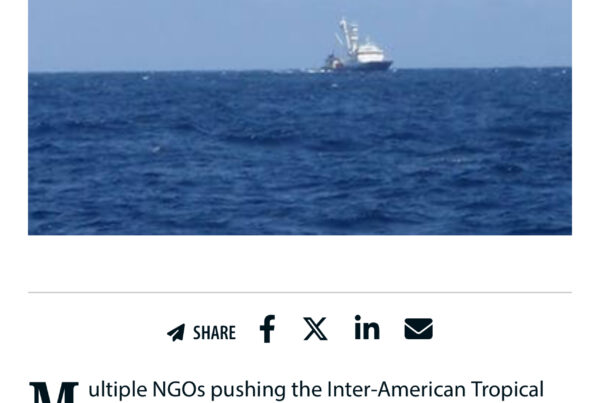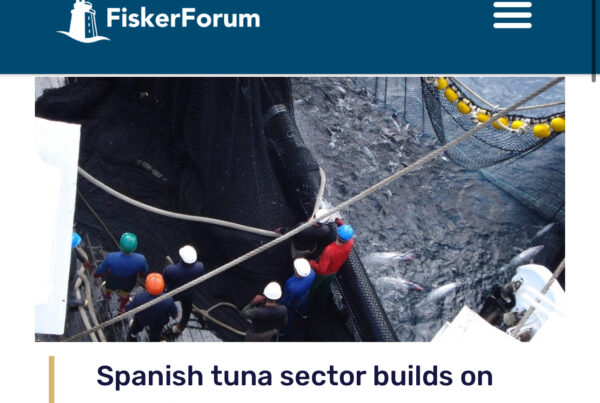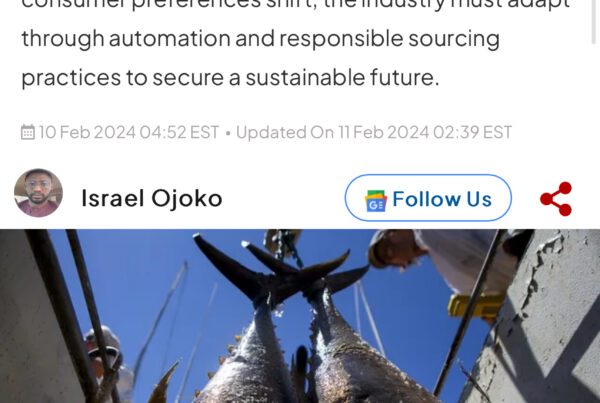Up to 6% of global fishing activity is hidden because commercial vessels disable their tracking systems, a practice that can be used to hide illegal fishing, according to a new study.
Ships use automatic identification systems (AIS), tracking beacons that enable them to be located on global shipping maps. Researchers applied a machine learning algorithm to a dataset of fishing vessel activity compiled by the non-profit Global Fishing Watch, which included more than 3.7bn AIS messages from fishing vessels between 2017 and 2019.
They discovered geographical hotspots for ships disabling their trackers, including west Africa, the coast of Argentina and the north-west Pacific – suggesting these are locations where illegal, unreported and unregulated (IUU) fishing is likely to be taking place.
IUU fishing accounts for one-fifth of global fisheries’ catches, causing up to $23.5bn (£20bn) in economic losses annually. It is the third most lucrative natural resources crime after timber and mining. It is also a big driver of marine ecosystem destruction and has been linked to human rights violations.



